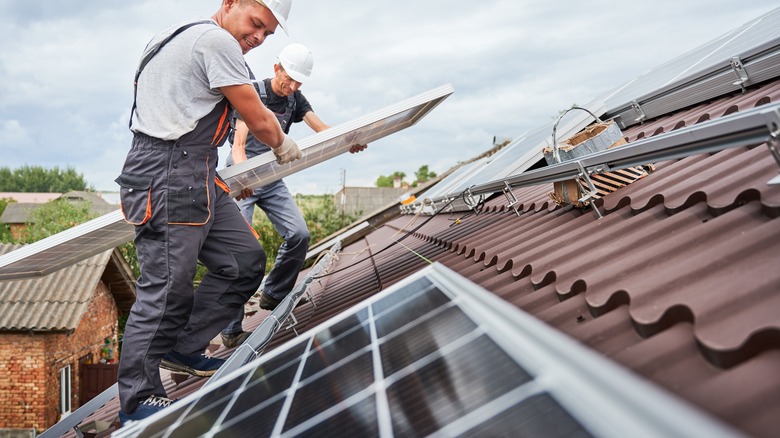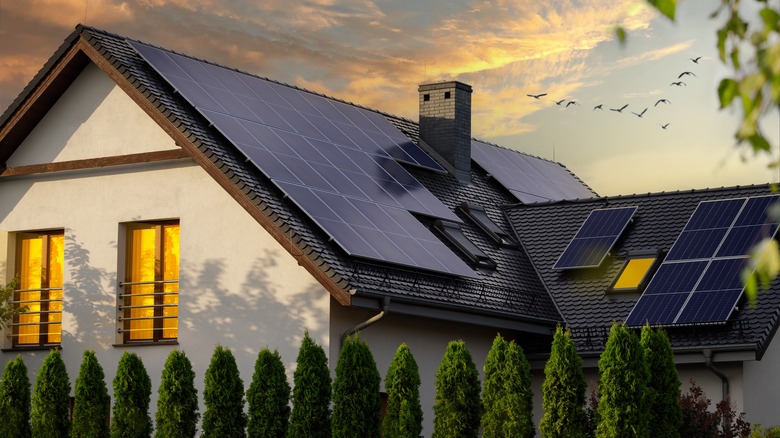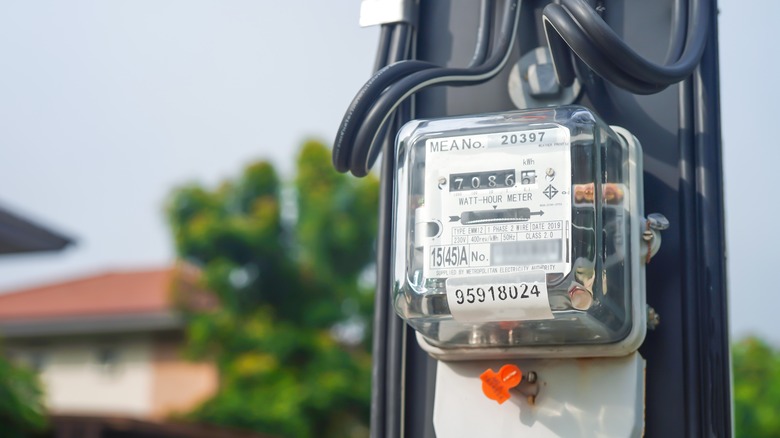How Much Do Solar Panels Cost Per Square Foot? These Tools Can Help You Find Out
Adding solar panels (and by extension, an entire system) to your home often provides two distinct benefits: Lower electricity bills and an increase in the home's overall value. However the process can be rather costly at the outset.
That's why it's a good idea to try and calculate a rough cost estimate (hardware, installation, additional expenses, etc.) before attaching panels to your roof. There are several ways to arrive at an approximate value, too, including guesses based on the livable square footage of your home. It may not be the best (and isn't the most accurate) approach, though.
Keep in mind that most of these numbers can and will vary depending on your location, potential tax credits and other incentives, who you talk to, how many solar panels you'll need, what kind of panels you use, and so on. It's also important to remember that there are some things you'll want to verify about your home before you commit to any solar installation.
Squaring up the footage
The first thing you need to figure out is your home's square footage, which you may know already, or you can search your home address on Zillow. But if you'd like to calculate it yourself:
- Measure the length and width of a room in your home (if there are alcoves or outcroppings, measure them separately) and multiply both numbers to determine the area. Then repeat for every room that is heated or cooled (i.e. "livable").
- Add up the area totals for every room measured to figure out your home's square footage.
- Consult Solar.com's square footage cost estimate table to get a (very rough) idea of expenses.
- A very general per-square-foot estimate is between $8.25 for a 3,500-square-foot home, to $18.28 for a 1,500-square-foot home. To account for possible tax incentives, multiply the total by 0.30 (30%).
- This table is based on the averages taken by Solar.com across a number of households' reported costs in 2022.
Please note that, while calculating the cost of solar installation is one of the faster ways to arrive at an estimate, it's not going to be as precise as other metrics. This is because, as Consumer Affairs notes, overall system wattage is most commonly used to figure out the price of solar installation.
Figure out the wattage instead
This is where you'll want to pull out several of your most recent electricity bills. One will work but the more you have to calculate an average, the better.
- Figure out your daily kWh use by averaging your electricity bills (add up your monthly kWh totals and divide by the number of bills used).
- Divide your monthly kWh average by 30 for a daily kWh estimate.
- Look up your local daily peak sun hours — a search for something like "peak sun hours in" and your city's name should be enough.
- Divide your daily kWh total by local peak sun hours, then multiply by 1.2 (this is to account for possible inefficiencies) to approximate your daily kW use.
- Use the average low- and high-end price per Watt (PPW) for installation ($3.50 and $5.00, respectively) and multiply your kW total by 3.5 for a low-end gross price total. Multiply your kW total by five as well for the high-end cost estimate.
- Multiply both high- and low-end totals by 0.3 (for the 30% tax credit) to calculate your net cost estimate.
Solar.com offers its own solar panel cost calendar that can quickly generate a comparison based on your address and average bill costs — though the calculator won't be as close of an estimate as doing the math yourself.
Before you sign anything
Tempting though it may be to dive into the world of solar power if the cost estimates align with your expectations, there's one more thing you need to consider: Your roof. They wear down over time and will need to be repaired or replaced. Something that gets more complicated (and more expensive) if solar panels have to be removed and reinstalled throughout the process.
In general, if your roof is 20 years old or more,or it has known issues you've been meaning to fix, you should take care of that before installing solar. A younger roof (around 10 to 20 years) should be okay for installation, but you can expect to pay a bit more once it inevitably needs replacing. The five to 10 years age range is more accommodating, but Consumer Affairs still recommends getting it inspected first to get an idea for how long it might hold up through the life of your solar system. Five years and younger, though, is the sweet spot (assuming there are no known roof issues).
Also consider the size and load-bearing capabilities of your roof. With individual panels weighing about 40 pounds each, and typically measuring roughly three feet by five feet, it can all add up quickly. You may need to consider ground panels or panels with higher wattage output if your roof is too small (under the 1,000 square foot average) or can't handle hundreds of pounds of constant weight.



